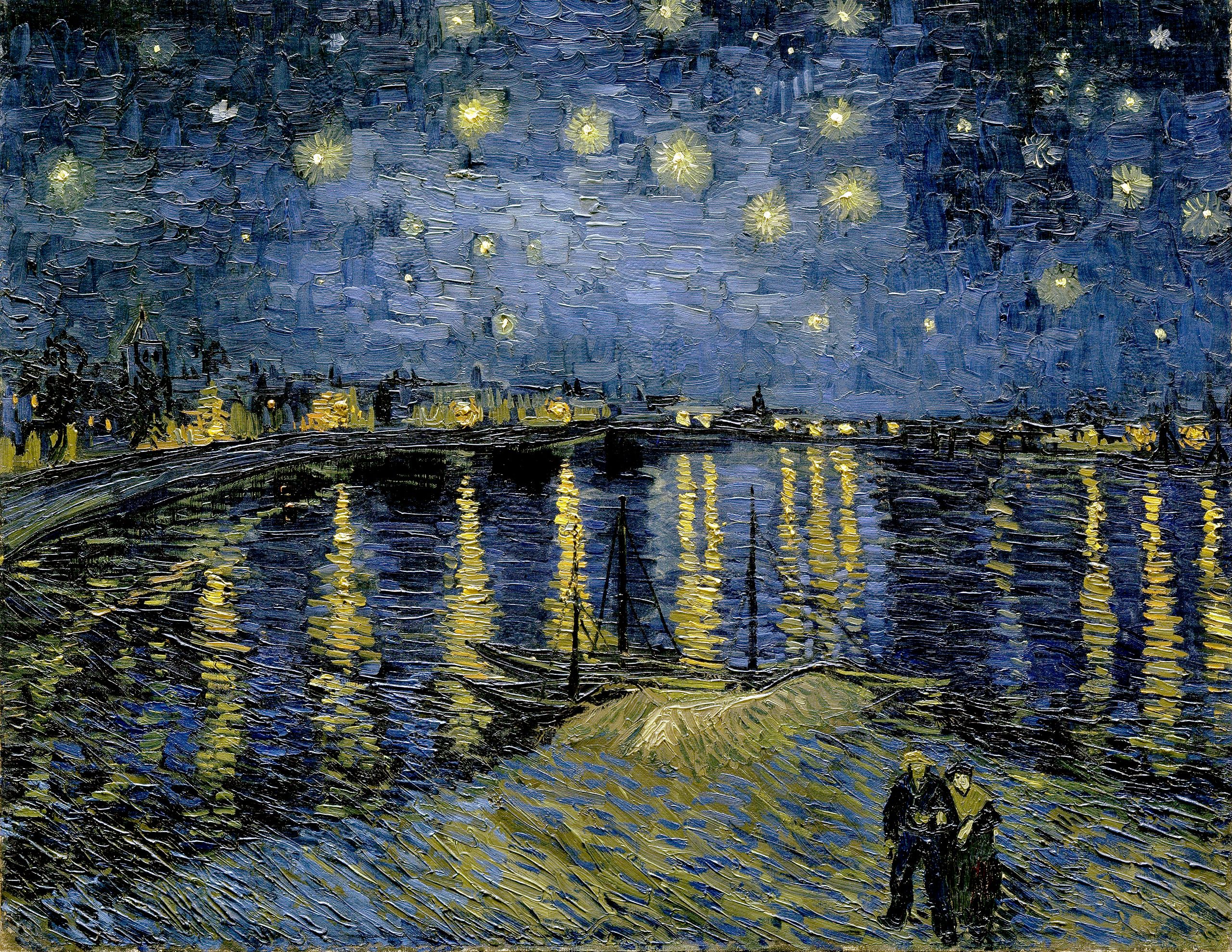MAY 31, 2023 – Late yesterday evening I stepped outside to check on the stars and saw that a few were out, beaming their light down from deep space. I did my usual—picked one I knew wasn’t a planet, called it “Twinkle, Twinkle” and made my wish. At the close of this little ritual of mine, I contemplated what physical phenomena were underway in the vicinity of that distant orb. Our “own” star, a 93-million-mile-hop-skip-and-a-tiny fraction of a parsec away from earth, provides some indication of how Twinkle, Twinkle would appear from a vantage point 93 million miles distant.
I then contemplated the planets we can see unaided by a telescope and know something about—our traveling companions around The Sun. In each case we know its mass, the angle of its axis relative to the plane of its orbit; the duration of its rotation and time and distance of one revolution; and in some instances, most notably Mars, by way of photographic imagery, the actual appearance of its surface features. All very cool—or very hot—stuff.
But let’s face it, most of what our limited exploration has revealed isn’t half as rich or varied as what appears here on the Goldilocks planet of our solar system and quite possibly, the entire galaxy. Before getting too carried away with the stark contract between say, oven-baked Mercury and the cool Blue Planet, we must take a moment to remember that the latter has hosted complex life only for what amounts to a nano-second in the full breadth of geologic time. And complex life is apt to endure for no more than a nano-second of “geo-time” after our run is over.
From Mars or Mercury, no one—“nothing”?—will know the difference. Our light will continue to shine until the sun burns itself out, morphs into a red giant and swallows whole the inner planets, including earth. Until that inevitable event, however, life—I mean, light—will go on. Perhaps our descendants, moored or marooned on Mars, will gaze at the nighttime sky, settle on the earth’s reflective light, mistake it for a true star and . . . make a wish. I can’t imagine what such a wish might seek, but surely nothing will match the wonders that now surrounds us here.
With each reminder of environmental distress—Canada burning at both ends; further desertification of the American Southwest; Greenland shedding its ice-cap; rising seawater levels and temperatures—we seem to retreat further into inaction born of despair or denialism. Who knows where the current environmental stressors will lead, but the trends suggest that we’ll find out much sooner than can be measured by the nano-second hand of the geological clock.
Meanwhile, the next chance you get, I urge you to step outside after dark on a starlit night and gaze at your choice of Twinkle, Twinkle. Make a wish on the speck of light, and know that for all of its close-up bluster, that star can’t be nearly as interesting as this tiny planet of ours—tiny in cosmic terms but not so small that its spherical shape doesn’t appear to us micro-dwellers as a giant disk. The only thing remarkable about that star in the far-off heavens is its distance—from earth. From the vicinity of the star, earth wouldn’t even be visible to a human’s naked eyes.
But here we are, still—alive and . . . kicking, if, perhaps not as well as we’d like. It’s time to wish upon a star that we can figure out how to repair the only home we have.
Subscribe to this blog and receive notifications of new posts by email.
© 2023 by Eric Nilsson
